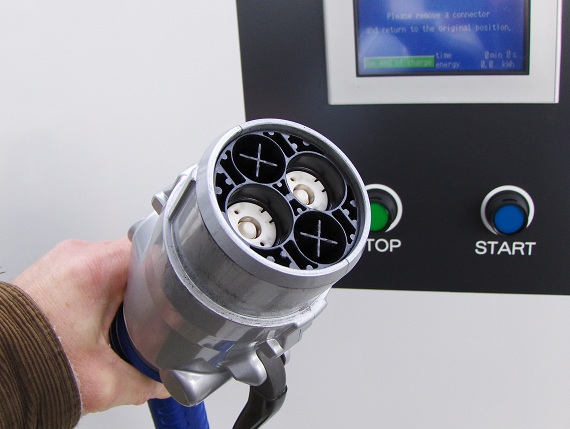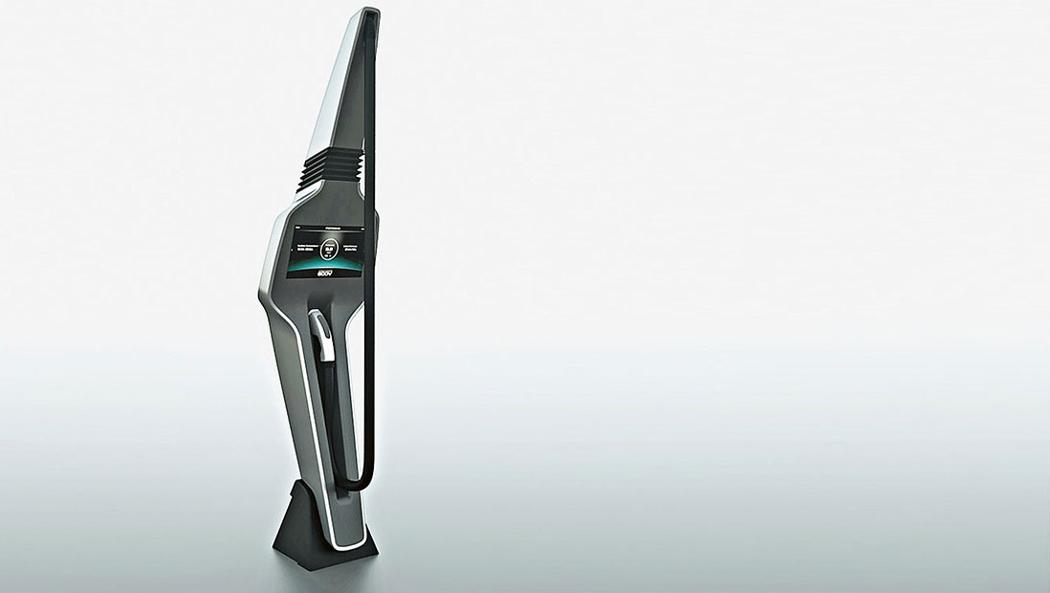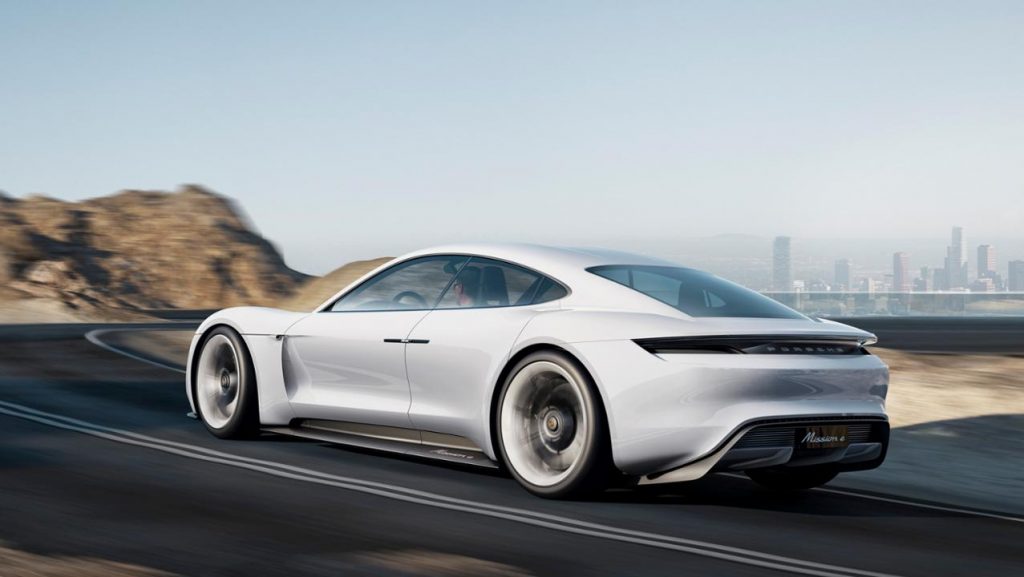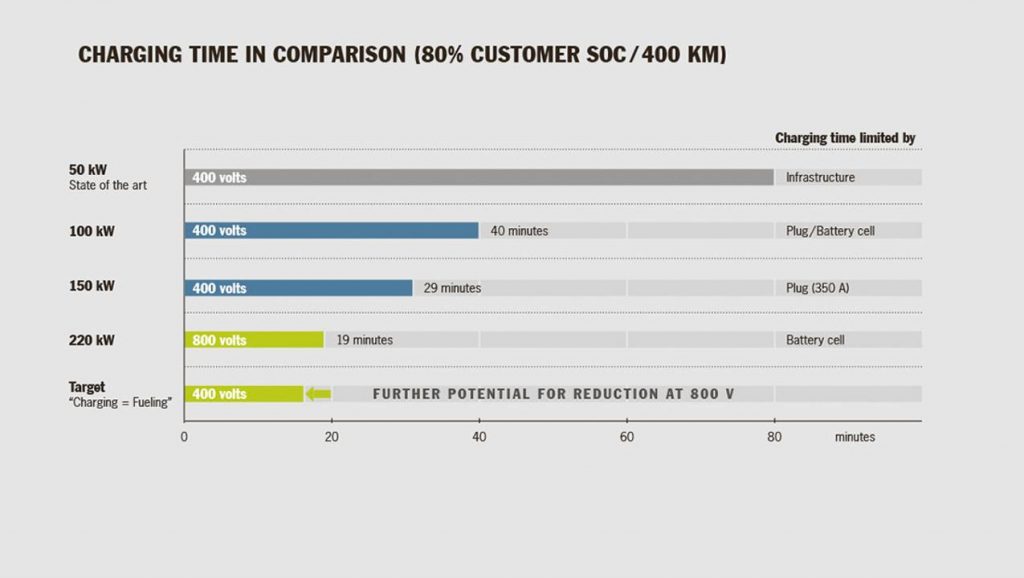It’s the old chicken and egg situation, people don’t buy Electric Car because there are no charging systems and they aren’t built out because there are enough EVs in use.
Or that’s what a lot of people thing. Most people are happy to charge at home and then plan a route for charging when they want to go on a longer journey.
The future of electric cars for practical transportation relies to some degree on the future of DC fast charging network, and how it develops over the next decade. Manufactures are using charging as a product differentiator and none more than Tesla who has built out its own Supercharger network. The Tesla network permits Tesla owners to drive over most of Europe for free using the rapid Supercharger network.
At present there are two main fast charging system in use:

CHAdeMO originally promoted by Nissan, other Japanese vendors and Renault and the Combined Charging System, or CCS, protocol promoted by US and German vendors.
The EC have tried to sort out these different systems by preparing a draft paper to block CHAdeMO and force people to switch to CCS. Would that be Germany car lobby at word?
The participants in the Society of Automotive Engineers working group for an upgraded version of CCS have already indicated their goal is to take it to 150 kw, in line with the current Supercharger at 145 kw.
Porsche also wants to boost the voltage, from its current rate of about 400 volts to 800 volts—which would effectively halve the time to recharge a car’s battery to 80 percent of capacity, from the current 30 minute to 15 minutes.
That’s fast enough to allow an owner to plug in, visit the facilities, grab a cup of joe and be on their way. Porsche’s details were outlines recently in Engineering Magazine. Porsche wrote about its proposed 800-volt system, which it has long said will be launched in tandem with the production version of its fancy Mission E electric car — first shown as a concept at last year’s Frankfurt Motor Show.
With the Mission E concept study presented at the 2015 IAA, Porsche offered a glimpse of a vehicle that, both in terms of performance and range, is a true Porsche and a complete alternative to vehicles with combustion engines. The efficient drivetrain and high capacity of the battery enable a range of over 500 km in the NEDC (New European Driving Cycle). This would be sufficient to handle the vast majority of all trips over a period of days with a single battery charge. The need to recharge whenever the opportunity presents itself is significantly reduced. Alternating current (AC) is used for the power supply. Conversion into the direct current (DC) required by the battery is done through a charger integrated in the vehicle. Instead of obtaining fuel at a filling station, the car is simply charged at home.

The goal, the sports-car and luxury sedan maker suggests, should be to cut charging time to roughly the same period as refueling a gasoline vehicle—15 minutes or less—for roughly the same range.
Today’s DC rapid-charging stations for electric cars usually work with a voltage of around 400 volts. The charging power is roughly in the range of 50 kilowatts, meaning that the charging time for the desired 400 kilometers of range would add up to about 80 minutes. If one increases the capacity of such a 400-volt charging station, the capacity of the charging pins in the charging plug maxes out at roughly 100 kilowatts. Under these conditions, it takes about 40 minutes to transmit the energy for 400 kilometers of range.
To enable further increases in terms of charging power, new cooling concepts are required. Various companies are currently working on such systems in parallel. Currently, the use of cooled charging plugs increases the charging power of 400-volt charging stations to the extent that the desired increased range can be achieved with a charging time of nearly 30 minutes.

Raising the voltage to 800 volts in the infrastructure will enable significant reduction in charging times. Even working with the currently available cell chemistry, charging times are possible that would fit perfectly well with the travel profile of long-distance trips. The analysis of the technology required for that shows that this infrastructure can be implemented from a technical standpoint. And the economic efficiency is also compelling in terms of the customer benefit for both operators and users.
But this will likely require liquid cooling of the charging cable, a concept Tesla has also experimented with, to prevent overheating of the charging pins.
Porsche repeatedly stresses the need for a charging stop on long-distance trips to mimic the experience of a fueling stop (though, presumably, without the vapors and potential spills of liquid hydrocarbons).
It suggests that payment can be made while the driver is doing other things during that 15 minutes, perhaps via mobile-phone app.
None of this will come cheap, however. “The requisite investments for charging stations are … relatively high,” it says.
Backward compatibility is a must for today’s vehicles equipped with CCS, it notes. For comparision see Tesla’s Budget for SuperCharging Stations. Latest map see supercharge.info

“The interface to the vehicle is functionally and geometrically adapted to the CCS charging standard (Combined Charging System) and completely downward compatible,” Porsche writes.
Further, if standards can be established for the electrical equipment to provide the necessary power, it notes, various ways to charge different kinds of vehicles could be connected to it.
“Only the interface to the vehicle has to be adapted,” Porsche suggests, “which would enable such options as inductive charging and charging via a pantograph for electric buses and commercial vehicles.”
At the moment, there seems to be broad agreement that liquid cooling of charging cables may be required in future DC fast-charging stations.
Backward compatibility will clearly be required for cars already on the road, and many advocates agree that the shorter the time spent fast-charging on long trips, the better.
Beyond that, automakers and equipment providers are now politicking furiously at standards meetings and beyond.
Given that Porsche’s owner, the VW Group, has just committed to spend $2 billion toward a network of zero-emission vehicle charging and fueling stations, it may be wise to pay attention to Porsche’s design concepts as they’re fleshed out.
